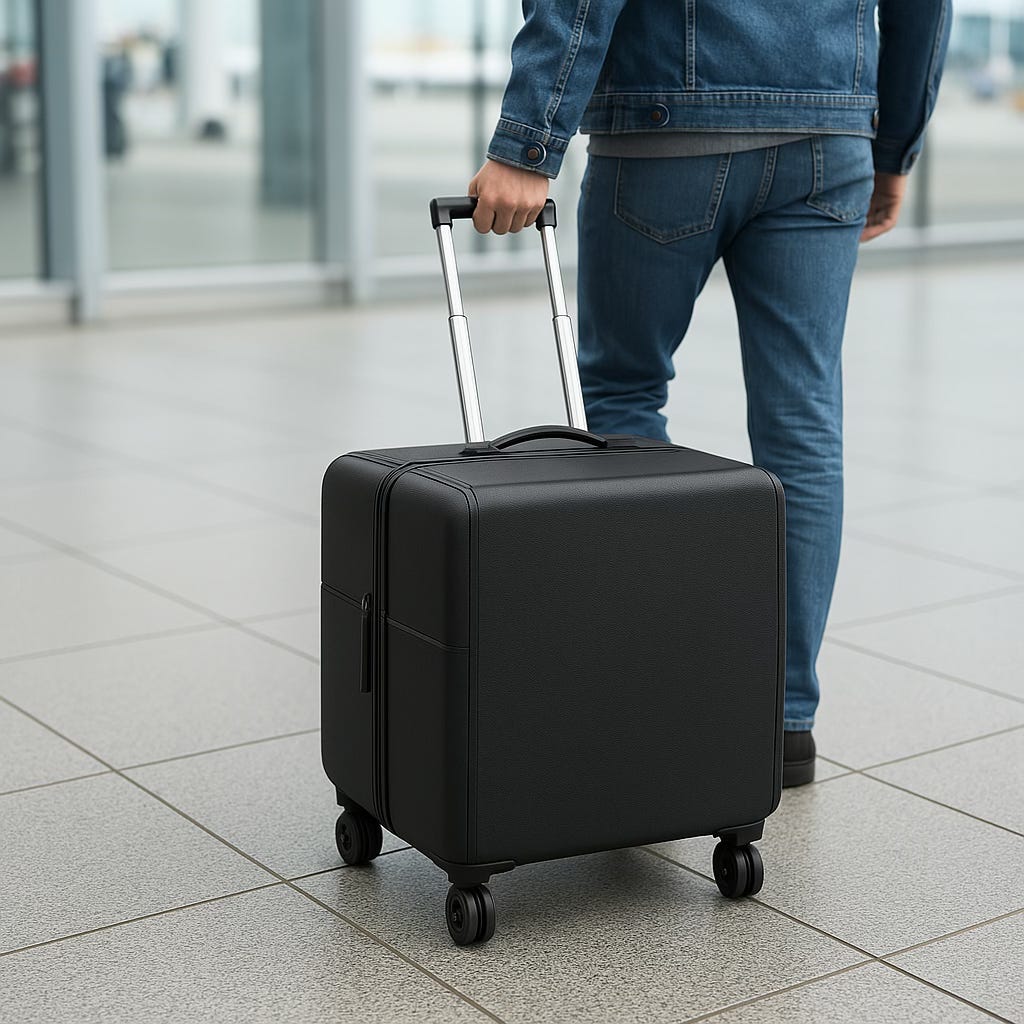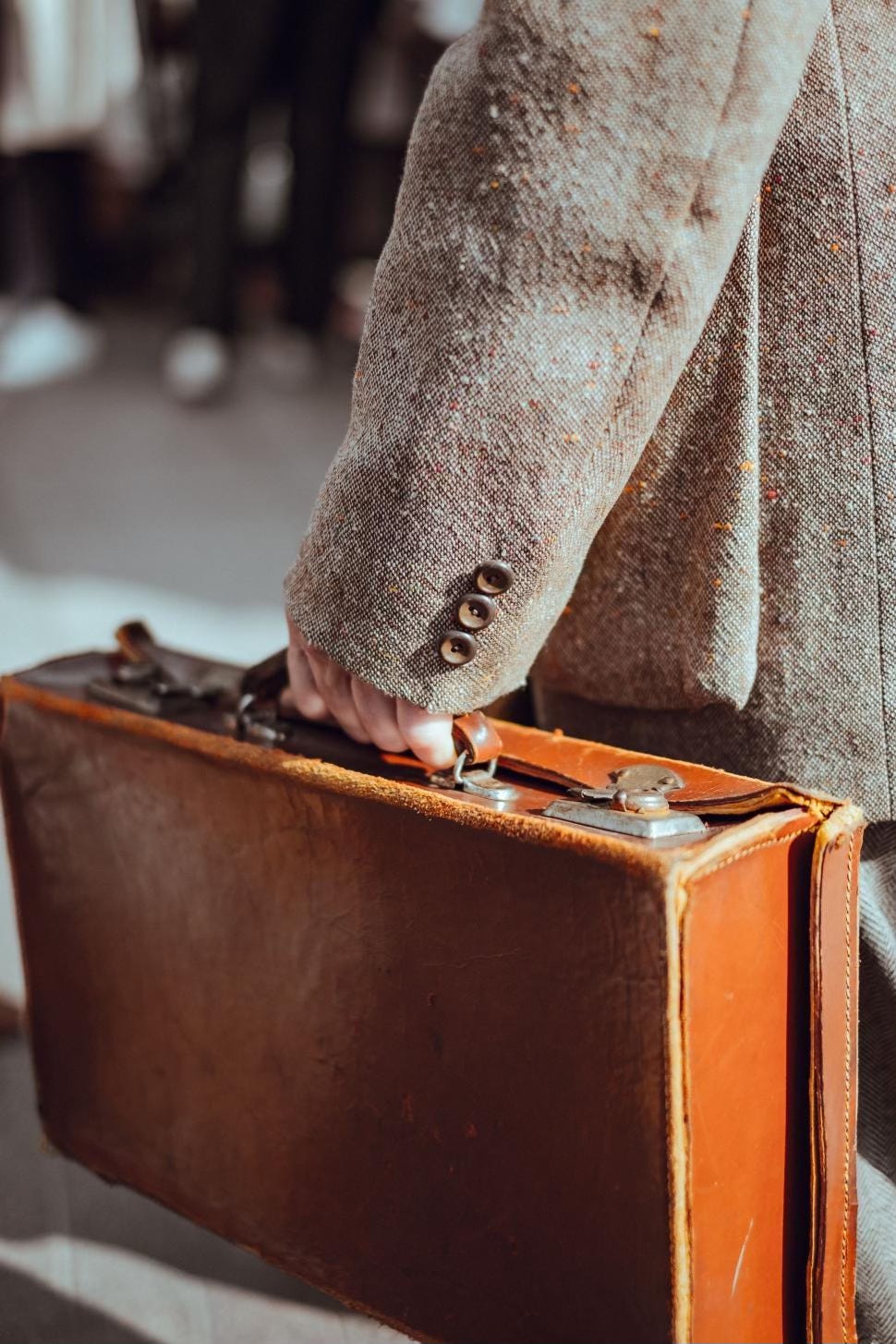Why Aren't Check-in Suitcases Cubical?
Have you ever wanted more space in your check-in bag?
If so, read along:
Airlines allow a check-in suitcase whose linear dimension (length + width + height) is 62 inches.
✅ The shape that maximises volume (how much stuff your suitcase can hold) for a given linear dimension is the cube1:
✅ Another advantage is it it’s not going to tip over — a cube is already in its lowest energy state — while
can.
✅ Shirts packed in a cubical suitcase are less likely to be crumpled. Wrinkling happens because you lay a traditional suitcase flat when packing it:
… then vertical when rolling it:
… and then horizontal when carrying2 it by hand using the handle on its long edge, rather than wheeling it:
As the suitcase shifts between these three orientations, your clothes are tossed around and become crumpled. By contrast, a cubical suitcase stays in one orientation — upright — so your clothes stay crisp.
✅ When placed on the back seat of a small car, a traditional suitcase takes up the entire width of the seat, while a cubical one will leave space for one person to sit next to it. Further, a traditional suitcase might bump against the roof, while a cubical one will be easier to maneuver without hitting the roof.
✅ Fragile items packed in a cube are less likely to break, since less of a cube’s volume is near its surface compared to a flatter cuboid.
✅ When queueing at airport counters and pulling your suitcase behind you, a cubical suitcase has less width, so it’s less likely to snag the poles marking the lane 3.
❌ A cubical suitcase makes it hard to access items without unpacking the entire suitcase.
Airlines include the wheels when measuring size, so the total outer shape — wheels included — should be a cube. This means the actual suitcase part will be slightly shorter than a perfect cube.
A cubical suitcase will be hard to carry, since your arm has to extend out from your body rather than going down vertically. But we rarely carry wheeled suitcases, so this is not a dealbreaker.
On the other hand, if you wheel it beside you instead of behind you, a cubical suitcase will be wider and so more likely to snag the poles marking the lane.







